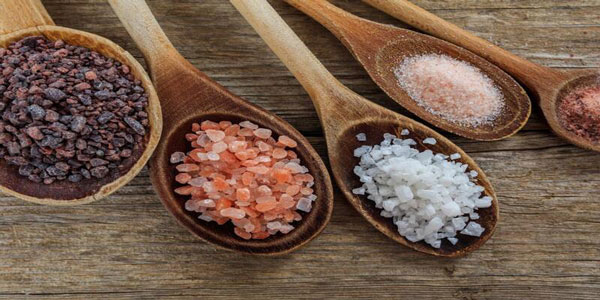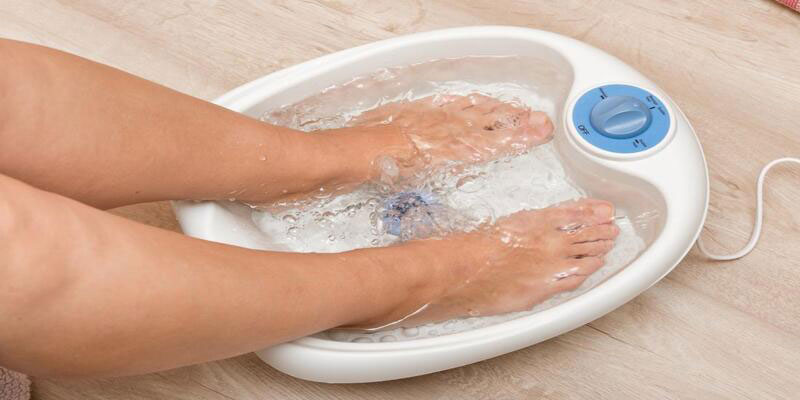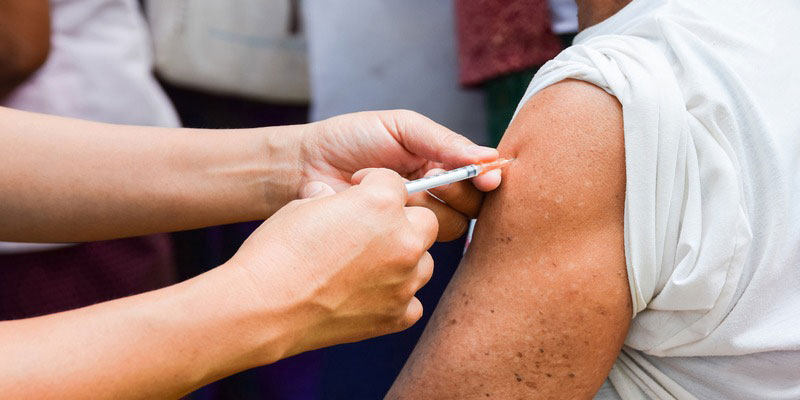There's a good chance you were bitten by sand fleas if you've ever had a stinging or itchy sensation after leaving the beach. Though sand fleas prefer to eat decaying organic materials rather than humans, an unwary sunbather may become an easy meal if they are in the vicinity during sand flea feeding times.
A stinging, itchy skin rash would be a potential takeaway from a beach vacation if you were bitten by a sand flea. Thankfully, there are a few simple techniques to lessen the pain caused by those bites. What follows is a comprehensive guide on sand fleas, covering everything from the symptoms of an infestation to the best ways to cure bites and prevent them altogether.
How Do You Define Sand Fleas?
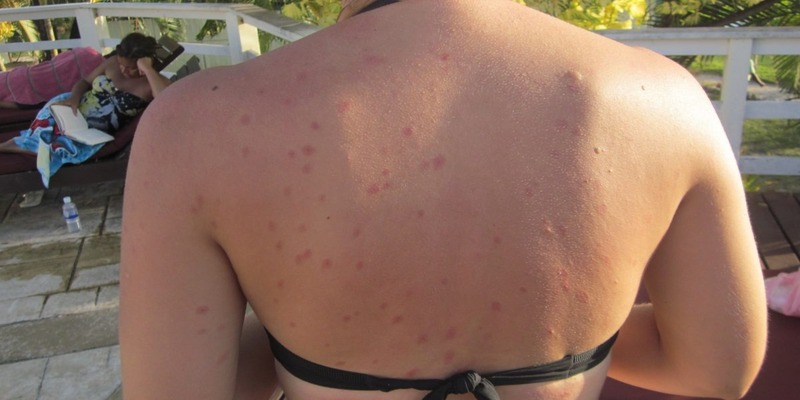
According to Shannon Harlow-Ellis, associate certified entomologist, Mosquito Joe, a Neighborly firm, sand fleas are not fleas but rather members of the crab family Talitridae. She explains that there are roughly 90 distinct species of beach hoppers in the United States and that you may find them in the sand near North America's coasts under various names. It's common for them to have homes that are at, or slightly above, sea level. Burrows dug into the sand or piles of seaweed provide shade throughout the day. They forage for food all night long.
Exactly How Do Sand Flea Bites Appear?
According to DR. A general medicine physician at Lenox Hill Hospital, sand flea bites seem like little red raised lumps, and they will often occur in clusters. Sand flea bites can be so irritating that people mistake them for mosquito bites, but in reality, they are more severe. He adds the rash induced by sand flea bites can persist up to a week before it starts to fade away and that "since the sand flea cannot climb very high, these clusters are frequently situated on feet, ankles, and lower legs."
Treatment For Sand Flea Bites
It's no picnic to deal with a sand flea bite but start treatment as soon as you notice symptoms. He advises his patients to wash the bite site with soap and water and apply an over-the-counter antibacterial lotion to avoid infection. For instance, "You may also utilize comfort measures for alleviation — I like to grab aloe."
It's possible to brew your own mixture if you'd rather do things on your own terms. "Making a paste of baking soda and water helps reduce symptoms," he says, referring to a common home cure. If the aloe isn't helping, try some over-the-counter pain relievers. If nothing else works, try Benadryl or anti-itch products.
Avoiding Sand Flea Bites
Harlow-Ellis warns that the easiest method to prevent being bitten by sand fleas is to avoid the area where they breed, which means skipping your beach day. She explains, "If you tend to have allergies to insects, staying away from the coastline at night is the best approach to prevent beach hoppers."
She also notes that topical bug sprays aren't very successful at keeping the crustaceans at bay. If the weather has been severe, you should also stay indoors. Avoid the beach after it has rained heavily or first thing in the morning to reduce your chance of being bitten. Sand flea bites are more of an annoyance than anything else, but you should still try to stay away from them if you can.
Why Do People Get Bit By Sand Fleas?
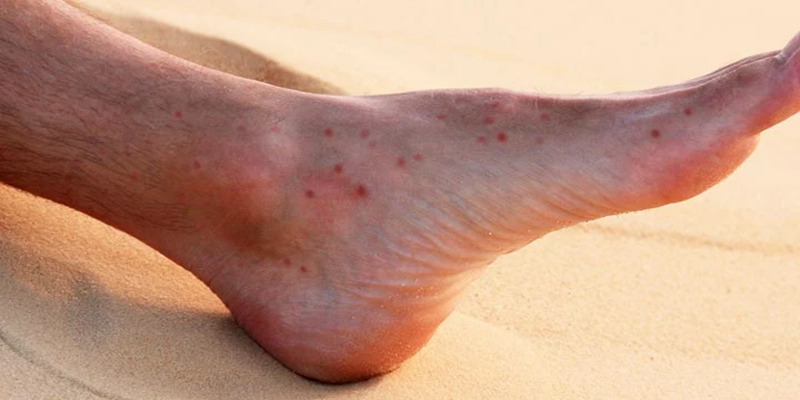
All sand fleas are hungry when they bite. When a female chigoe sand flea burrows into human tissue, it causes a painful bite. When a flea bites, it draws blood from the host.
The chigoe flea expands to around 2,000 times its initial size as it matures. The flea will burrow into the skin of its host and lay its eggs there. Before hatching, the eggs shed their protective covering. The female chigoe flea may remain in the host's skin for up to six weeks before succumbing to her parasitic disease.
Where Do Sand Flea Bites Show Up Most Often?
Bites from the common sand flea and the chigoe flea typically manifest as itching and redness on the ankles and feet. Symptoms may manifest in the fatty tissue under your toenails, between your toes, or on the bottom of your feet. Bite marks and irritated skin can also appear on the thighs, hands, groin, and genitalia.

